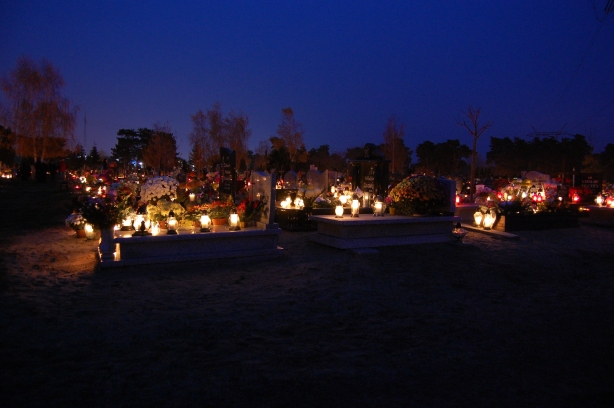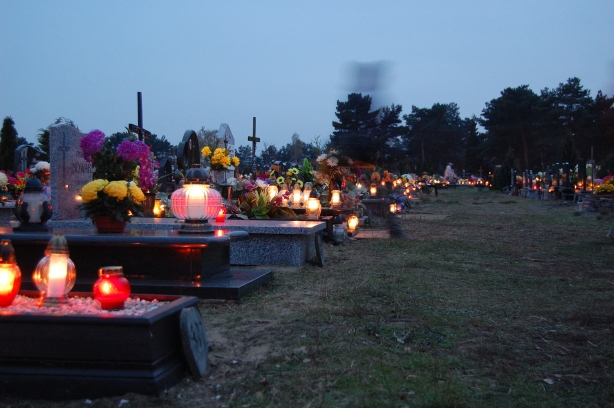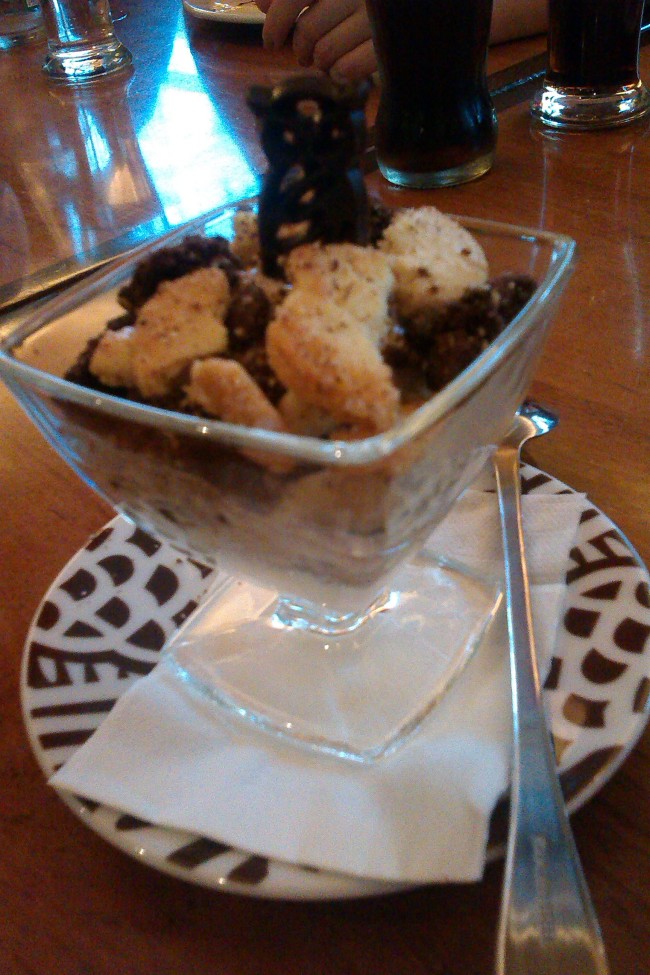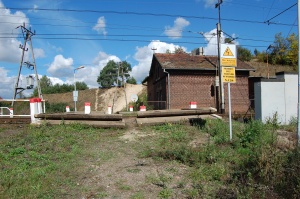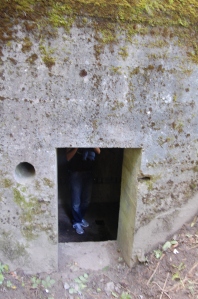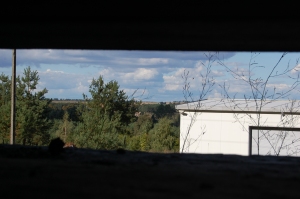In the United Kingdom, a long train journey is normally preceeded by an unpleasant dash around the station cafés and sandwich shops, all of which charge somewhere near double the prices of their High Street equivalents for exactly the same products, simply because they are providing sustenance for travellers. While this seems deeply unfair – even inhumane – it only takes one journey where you forget and end up paying £6 for a Virgin Trains “sandwich” to realise that they are still offering the lesser of many evils. A Virgin Trains sandwich will normally have arrived in the fridge having spent more time in a freezer than the average murderer will have spent behind bars. The bread will have the consistency of mdf and the filling will have long abandoned anything resembling flavour. That and your £6 can of Fosters (imitation beer, so bad that even Australians are ashamed of it!) of £3 lame coffee is enough to make the most spritely optimist borderline suicidal.

Look how sad I am! How do I cost soooo much money?!
Armed with a lifetime of such experiences, I approached the Polish Train companies WARS restaurant for the first time with no small amount of fear and trepidation. It was last November, unseasonably cold and I was on the way to Wrocław with a few of my colleagues. I had taken supplies but, being as I am a dangerously obese man trapped inside a skinny bloke’s body, these had ran out with more than half the journey to go and action was needed. So I walked the length of the train to the WARS and ordered the day’s special – Baked Silesian sausages with white cheese, toast and pickles. It was cheap and bloody marvellous. Not only that, but the café manager/chef was incredibly friendly and had the kind of moustache you could hide all sortss of contraband in. From this moment on, I was an avid fan of the WARS.
Fast forward then, to last weekend, and my first opportunity to try the famous WARS breakfast. I was travelling to Gdańsk from Bydgoszcz, to meet a friend and, due to the awkwardness of train times, I was more or less forced to take the 9am train. Eating breakfast – especially at the weekend – before 9am puts the kind of fear into me that most people reserve for people with axes, so I had no choice but to eat on board. I climbed up into the nearest cabin, as the train pulled in to the station and made my way towards the back of the train, where the WARS was situated. The first thing you notice here is that there is a general service person – this time a lady, with no moustache – and a chef. Not a person who takes food from the last ice age out of a fridge, but a real, live chef. I ordered a freshly ground cup of coffee and a “country scrambled eggs”. I was swiftly presented with my coffee and told to take a seat while my breakfast was cooked. While I waited, I was able to read this quite funny place mat thing, featuring Sherlock Holmes talking about the importance of food in a typically witty fashion.
After a few minutes, breakfast arrived and what a super breakfast it was. Two types of bread, with butter. A huge pile of scrambled eggs, complete with sliced sausages and bacon within and a salad of tomatoes, red onion, lettuce and red peppers on the side.
After that and finishing off my coffee, I had easily enough energy to keep me going through the day.
Such situations make me wonder why, if it’s possible in relatively poor countries, to make such great food on the move, why on the UK we put up with paying so much for such unbearable crap, but I guess it’s a reference to food culture in general, where in the UK people are so much more accustomed to eating frozen rubbish from a packet, where as here it’s so much more of a rarity. Anyway, if you’re ever in Poland on a long distance train (TLK or E-IC only, I’m afraid) look for the WARS and smacznego!












